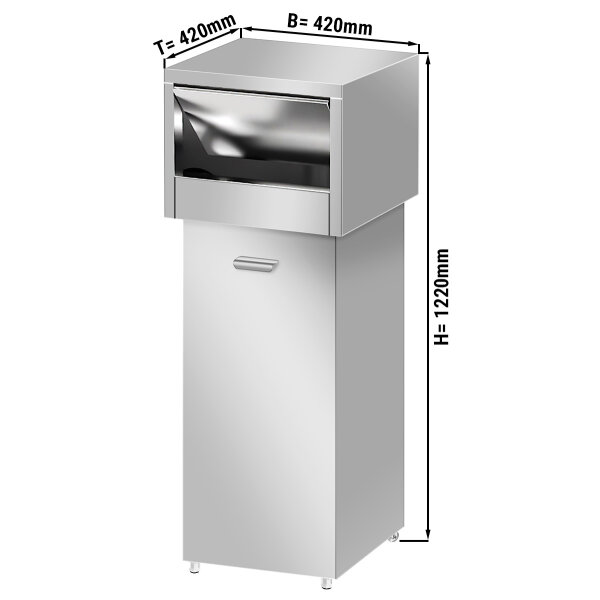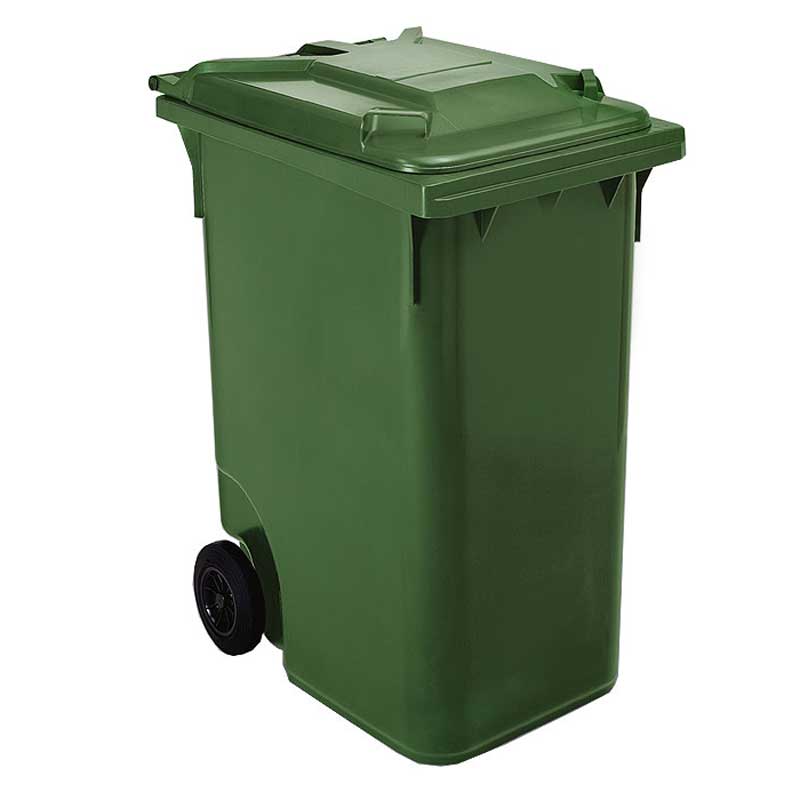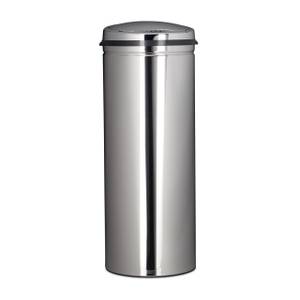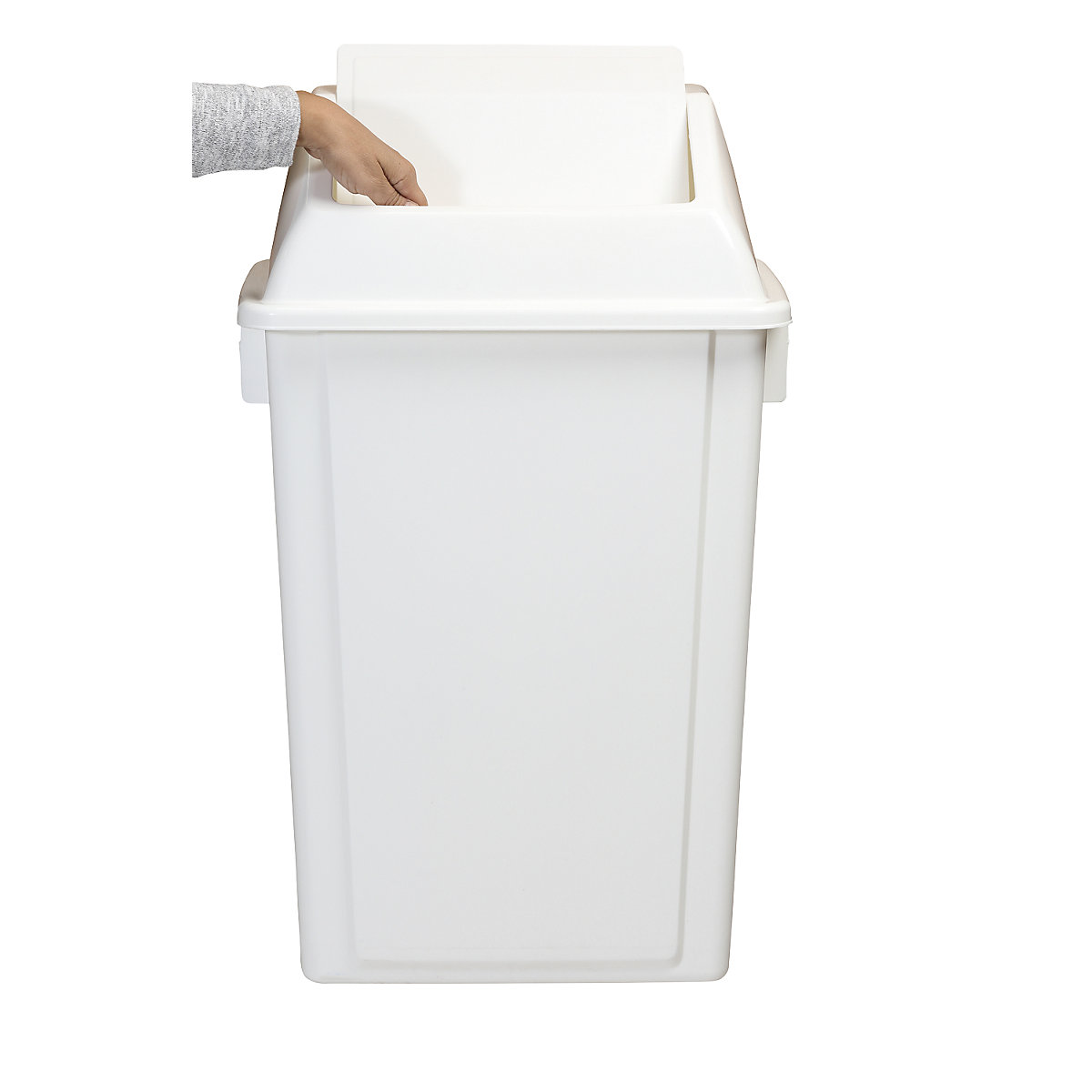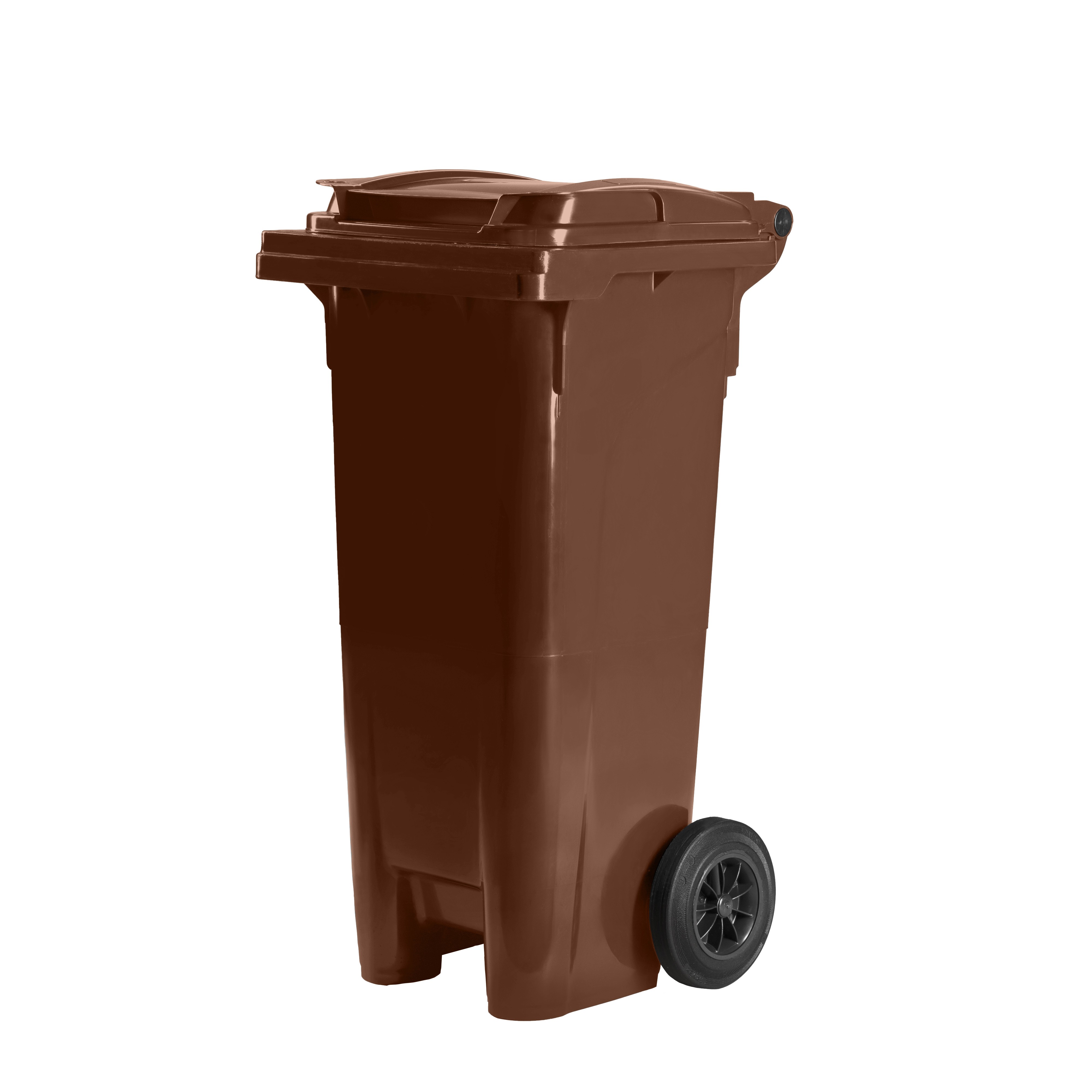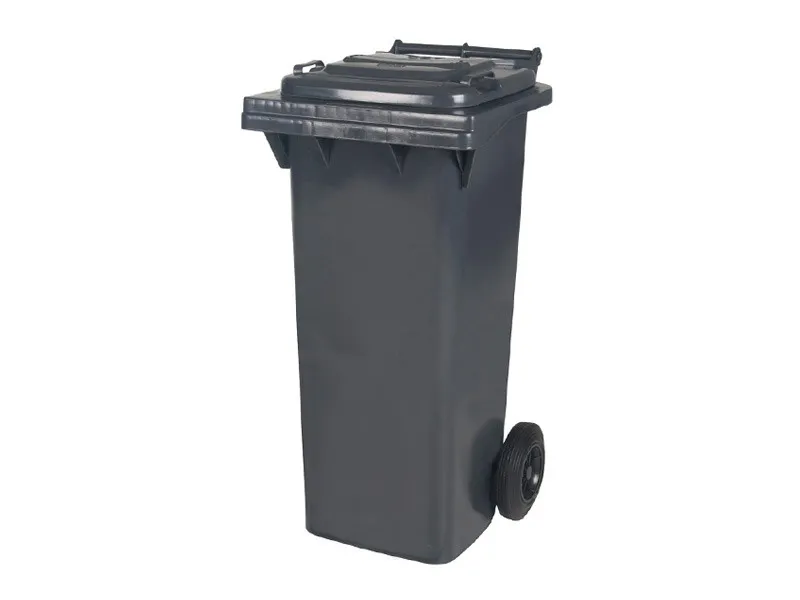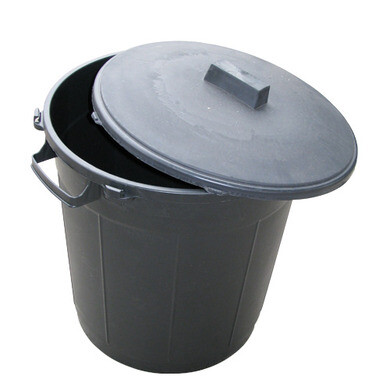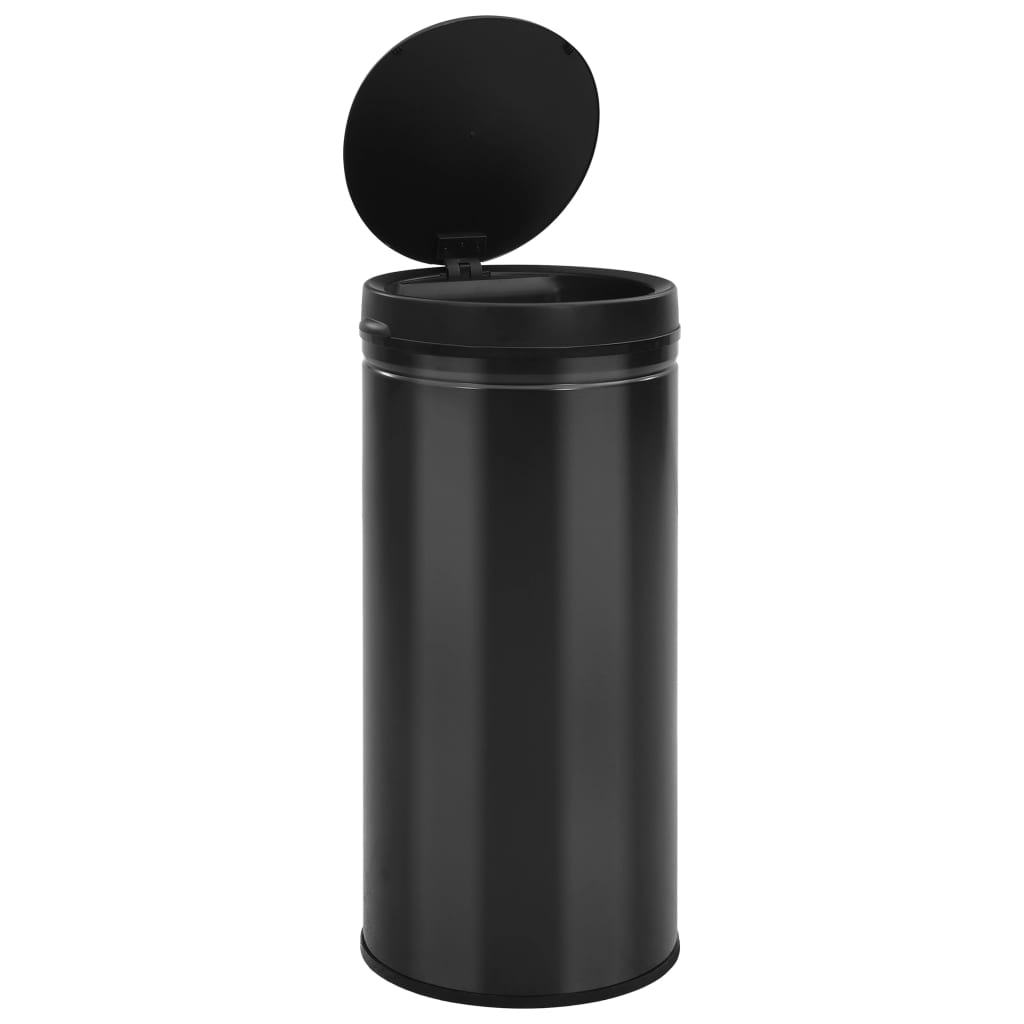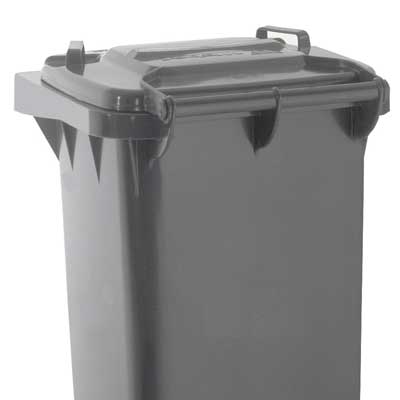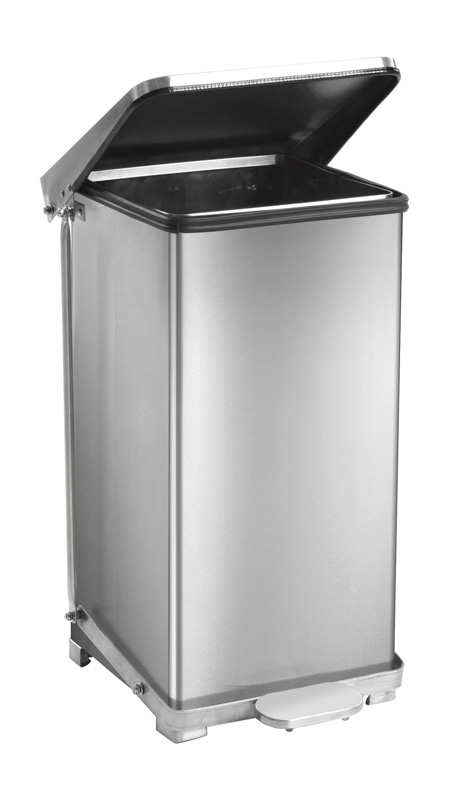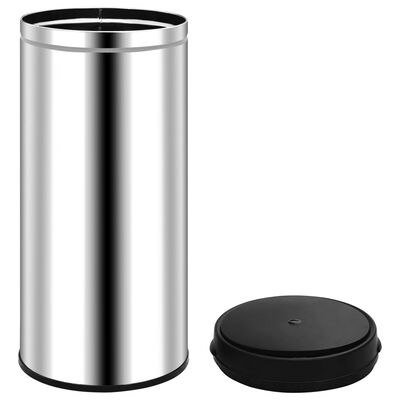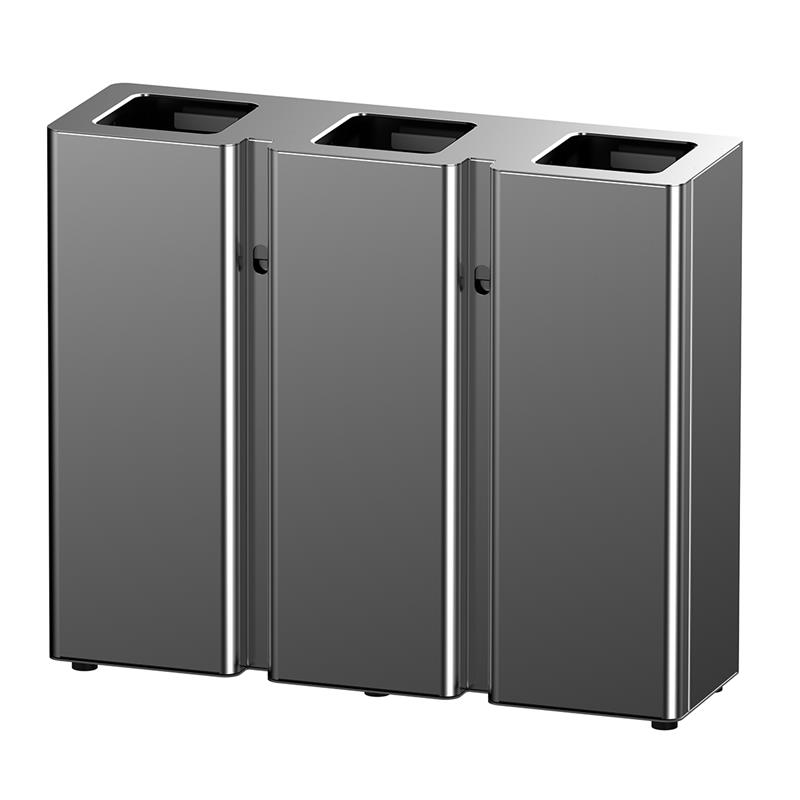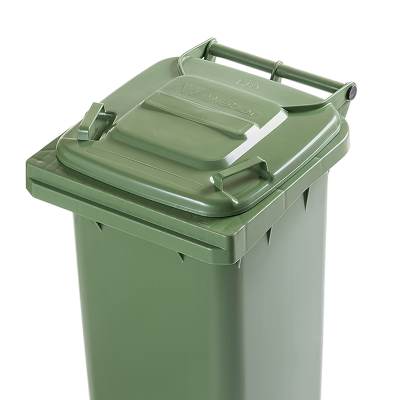
Mülltonnen 80 l quadratischer Edelstahl-Mülleimer mit direktem Wurf, gewerblicher Korridor, Aufzug, Eingang, unbedeckter Mülleimer im Freien Grosse Kapazität : Amazon.de: Küche, Haushalt & Wohnen

Hailo Big-Box 80 L Grossraum Abfallbox Touchdeckel Mülleimer Abfallsammler NEU | Abfallsammler, Mülleimer, Müll

BigDean 2X wetterfeste Universaltonne mit Deckel und 2 stabilen Tragegriffen 80 Liter GRAU - Regentonne Mülleimer - Indoor und Outdoor geeignet - Made in Europe : Amazon.de: Garten

Mülleimer 80 Liter Müll Graue Tonne in Baden-Württemberg - Gernsbach | eBay Kleinanzeigen ist jetzt Kleinanzeigen

SxsZQ 80 Liter Mülleimer, Kunststoff The Mall Factory Großes Mülleimerpedal Multifunktions-Mülleimer Abfalleimer for den Außenbereich solide (Color : Gray, Size : 80L) : Amazon.de: Küche, Haushalt & Wohnen

ABFALLEIMER MAX AUS KUNSTSTOFF MIT DECKEL, PEDAL UND RÄDERN 46x42x74 cm (Fassungsvermögen 80 Liter) Mülleimer (reinigung waschen) | Senoeseno Shop

Sortibox 4er Set Mülleimer Abfalleimer Küche (80 Liter 4x25L) Papierkorb Behälter Abfallsammler Mülltrenner Sammler Biomüll Badeimer (Weiß) : Amazon.de: Küche, Haushalt & Wohnen


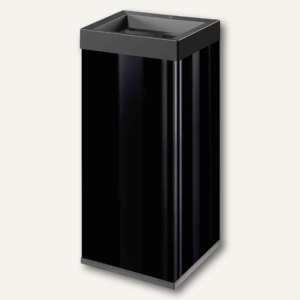

,type=downsize,aspect=fit;Crop,size=(450,450),gravity=Center,allowExpansion;BackgroundColor,color=ffffff;UnsharpMask,gain=1.0,threshold=0.05;)
